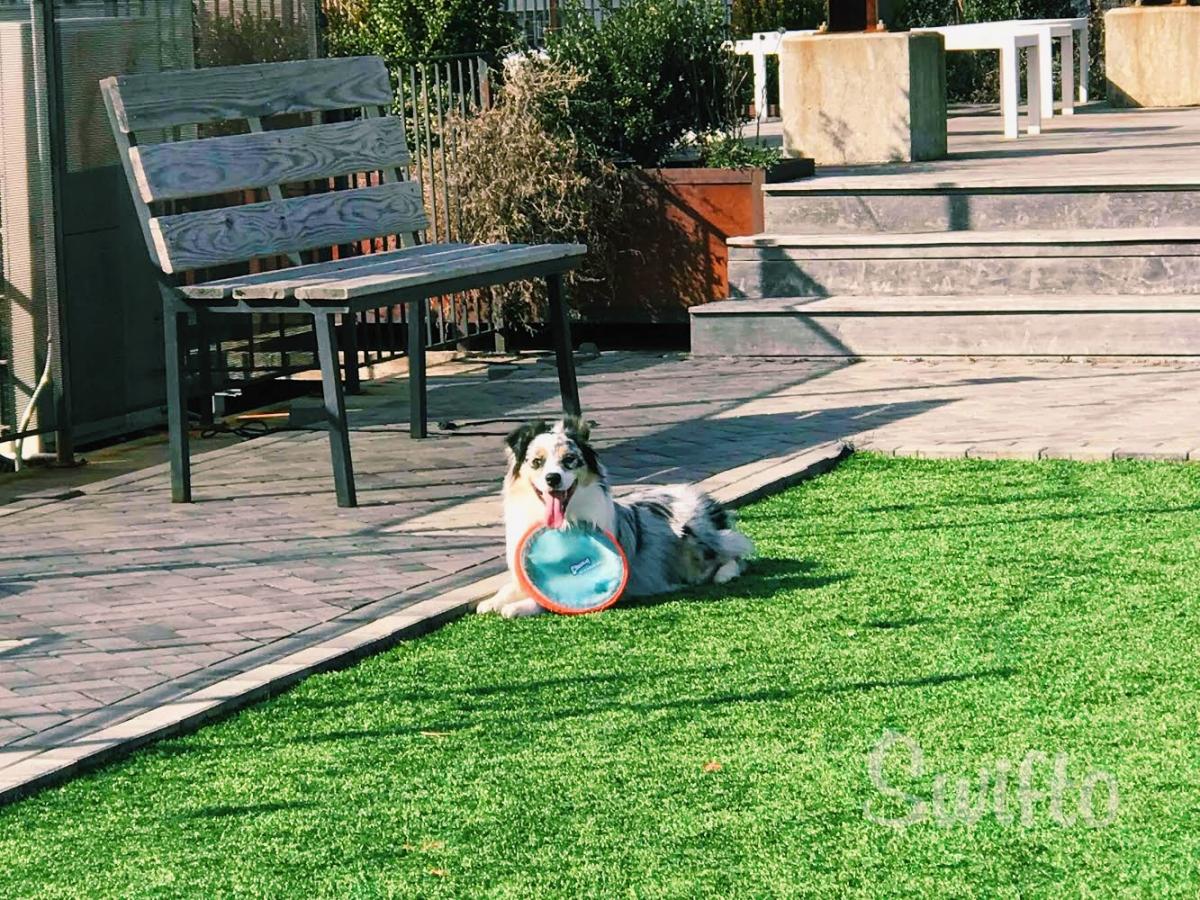When considering a second pet for your home, it’s best match a new friend with your dog’s breed and temperament. Even though breed doesn’t necessarily dictate behavior, there are some fun animal facts to consider before buying a second pet. Also, be sure to research whether owning the pet you’re thinking of is legal where you live. Certain states have made owning pets like hedgehogs and ferrets illegal.
Dogs and small animals:
Well trained dogs and small animals, such as mice and geckos, generally make good housemates because small animals can get exercised while confined to one room out of your dog’s hair. Just be sure you train your dog not to investigate their cage, this will stress the small critter out. Breeds who generally have high prey drives shouldn’t be paired with a small animal because your dog might not be able to keep themselves from hunting the smaller animal. Most terriers were bred to hunt rodents, and this should be kept in mind. Small animals like rabbits, guinea pigs, and rats who need lots of space to exercise are generally a poor choice for a homes with a territorial, curious, or large dogs.
Dogs and African Pygmy Hedgehogs: Even though they are small, most cats and dogs deeply respect hedgehogs because of their quills, so there’s less worry that your hedgehog will get hurt. Play time with a hedgehog and a dog should always be supervised with the owner sticking very close to the hedgehog no matter the size or breed of dog, just in case.
Dogs and Ferrets: Unfortunately, ferrets and dogs generally make poor housemates. Ferrets need a lot of space to play and also have hunting instincts like dogs do. Your dog’s prey drive could manifest by the dog attacking the ferret. The ferret’s prey drive will most likely result in them stealing your dog’s food and/or toys (which would tick anyone off).
Dogs and Cats: Contrary to what cartoons have taught us, cats and dogs can get along. The key to managing this tricky dynamic is introducing the two animals gradually. If a cat is kept separated from a dog for the first few days, the cat can smell and catch glimpses of the dog and will gradually get used to them. This may lower some territorial cat behaviors that dogs generally find annoying (hissing, swatting). Dog breeds with high prey drives may chase the cat no matter what an owner tries. That being said, any adopted animal may be already used to other species if they were kept with different kinds of animals for a significant period of time. It’s ambiguous whether the ages of the cat and dog effect the situation. Certain pet lovers swear by the policy that two young animals will get along, other pet lovers strongly believe that gradual introductions can knock down any age barrier. In the end, it’s all about knowing how your dog reacts to cats and whether you think they’ll enjoy life with a feline.
Dogs and Birds: Only the most obedient dogs should live with birds. Birds can really set off a dog’s prey drive and the smells and noises they make generally tip off dogs that they’re living with a buddy. Make sure your dog knows “Go to your spot” and “Leave it” before considering a bird. Parrots and other intelligent tropical birds have also been known to dive-bomb dogs from above.
Dogs and Iguanas: Iguanas and dogs will probably get along, but an owner must introduce them to each other very carefully. Dogs generally address new curiosities by quickly investigating, and this can stress out an iguana (a skittish species used to being prey). Introduce your iguana to your dog with the iguana in your arms and make sure you can escape with the iguana if your dog gets overly excited. Iguanas can grow to be quite large, so once it gets to be a spunky adult just make sure the dynamic doesn’t shift to one where Fido runs away in fear.
Dogs and other dogs: There’s no way to make a general statement about dogs and other dogs. The best way to know whether your dog will get along with a second dog is to introduce him or her to the dog you’re thinking of adding to your home. Researching breeds will tell you which dogs are difficult to train (i.e. Komondors, Yorkies, etc.) and allow you to determine whether it will be difficult for them to adapt to a new dog. Considering the origins of the dog, what their breed was designed to accomplish, is worthwhile food for thought. If your dog’s ancestors were bred to be guard dogs, you might consider dogs who seem slightly submissive because your dog may be very territorial. If your dog was bred for hunting and chasing you may want to consider a dog who’s playful and relaxed due to the fact that your dog will most likely chase and pursue them. In the end, having your dog meet the second dog you’re considering is the only way to know for sure.


